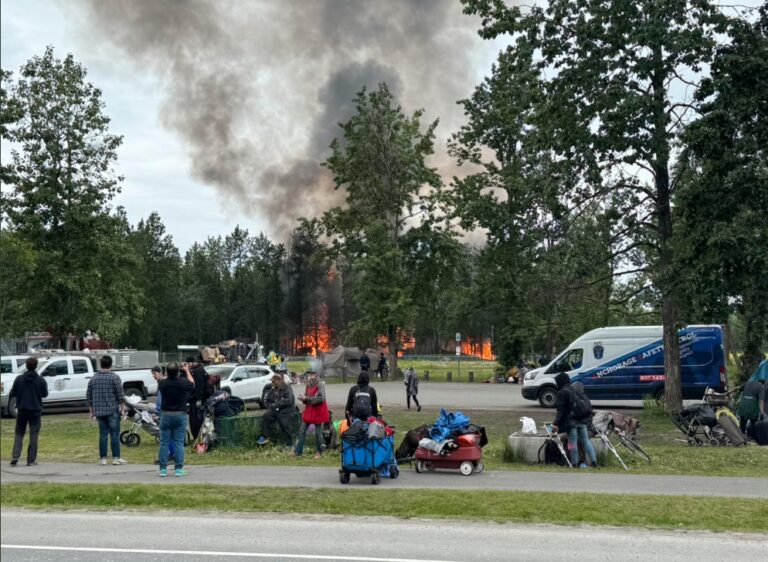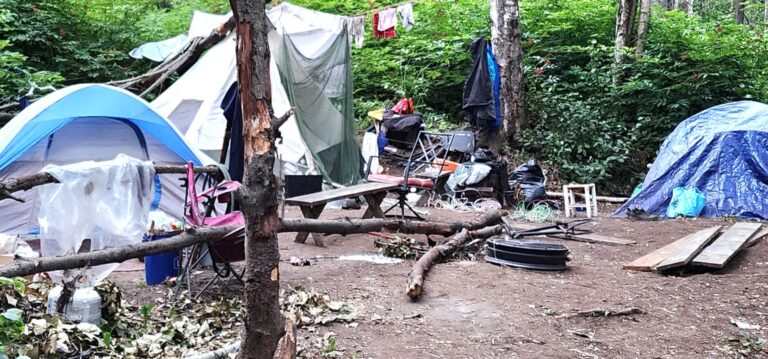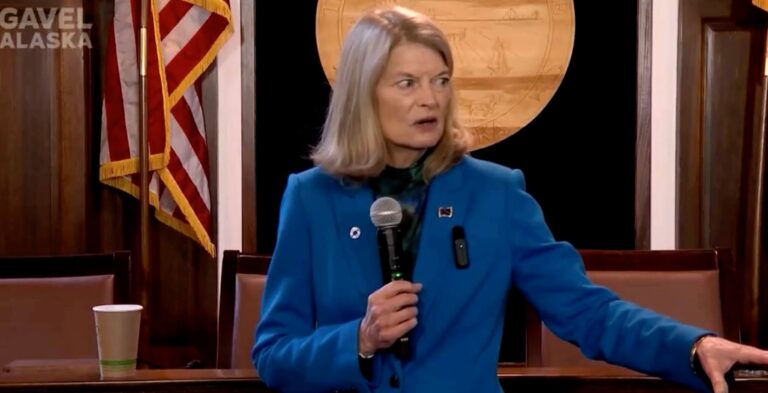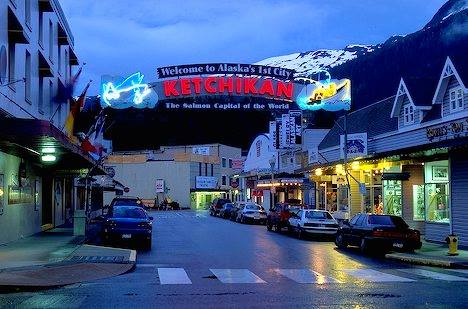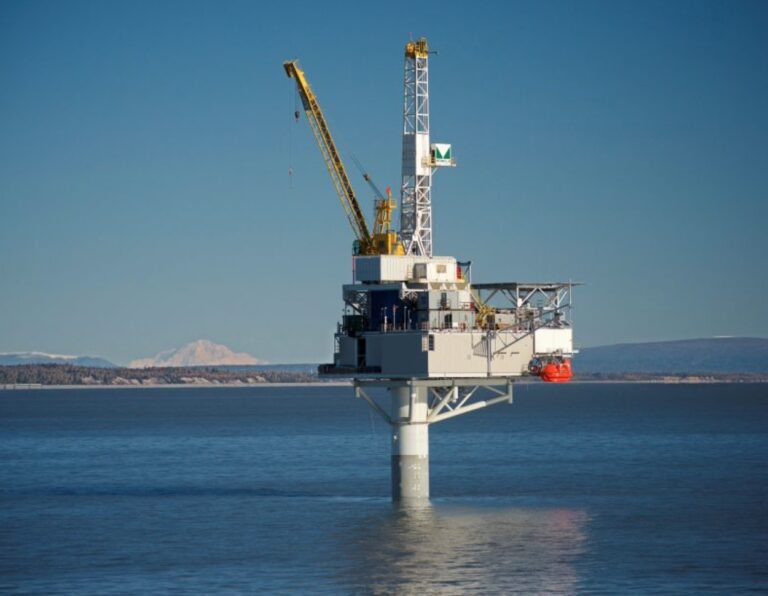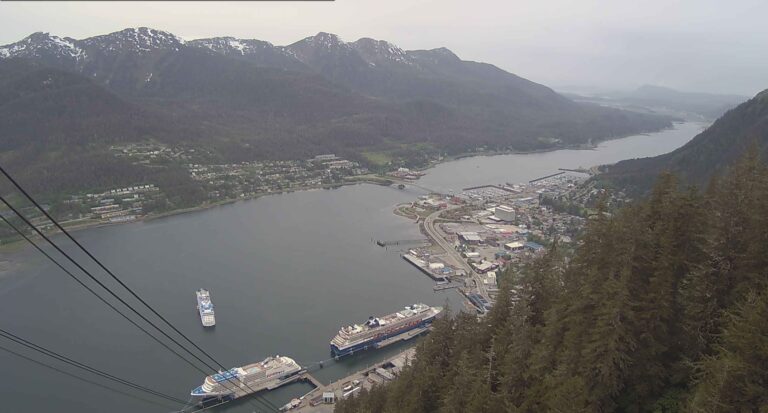As crime continues to surge in Anchorage, the city’s liberal-listing Assembly is forging ahead with a vision to reshape police oversight — starting with a community workshop that aims to “reimagine” public safety.
The Task Force to Reimagine the Public Safety Advisory Commission, formed earlier this year, will hold a Community Workshop on Monday, Aug. 5, at the Spenard Recreation Center. The stated goal is to gather input from residents about what safety and well-being mean to them and how public safety systems can “best serve” the community.
The event is facilitated by Denali Daniels and Associates and is billed as a free, in-person forum for “open, honest and constructive dialogue” about policing and safety perceptions in Anchorage.
But beneath the surface, the initiative is anti-police, is a product of Assembly members who have accused the police of overreacting in violent, dangerous situations. The civilian oversight is a form of second-guessing police officers who are coping with Anchorage’s growing wave of psychotic and drug-addled offenders.
After the George Floyd incident in Minneapolis and the global unrest that followed, a group of municipal leaders under the National League of Cities formed what they called the Reimagining Public Safety Task Force, aiming to overhaul how cities keep people safe. Launched in 2021 after months of “listening sessions,” the effort, co-chaired by leftist mayors and backed by progressive think tanks like the Vera Institute, set out to redefine public safety with a heavy emphasis on racial equity, “credible messengers,” and reducing jail use.
In Anchorage, it appears the Assembly wants to recreate SB 91 all over again. That was the state law that led to a massive crime wave because criminals were arrested and released. It was repealed soon after Mike Dunleavy became governor.
The national task force issued two reports full of recommendations for local governments, framed as a “21st-century public safety agenda.” The goals? Promote alternatives to traditional law enforcement, rethink budgets, and elevate activist-driven ideas on justice reform. This is what Anchorage leftist leaders have in mind.
Assemblyman Felix Rivera, who has supported past police reform efforts, released a statement saying, “Anchorage’s public safety systems should reflect the values and needs of the people they serve… We will start by asking what public safety means to our community.”
It’s more political than practical. Instead of standing behind officers as they deal with increasingly dangerous criminals, the Assembly majority seems more focused on adding layers of bureaucracy and public relations workshops.
The push for a new, more expansive Public Safety Advisory Commission comes as police officers face rising violence in the streets, staffing shortages, and a revolving door justice system. Meanwhile, the Assembly is seeking broader community oversight, which is the national trend among progressive-led city councils and assemblies.
The August 5 event is one of several planned engagement efforts, including an online community feedback form, where residents are encouraged to share their values, concerns, and “lived experiences” related to public safety.
Community Workshop – Reimagining Public Safety
Date: Aug. 5
Time: 5:30–7:30 pm
Location: Spenard Recreation Center, Multipurpose Room, 2020 W 48th Avenue
Pre-registration encouraged but not required
Virtual sessions to be announced at a later date
